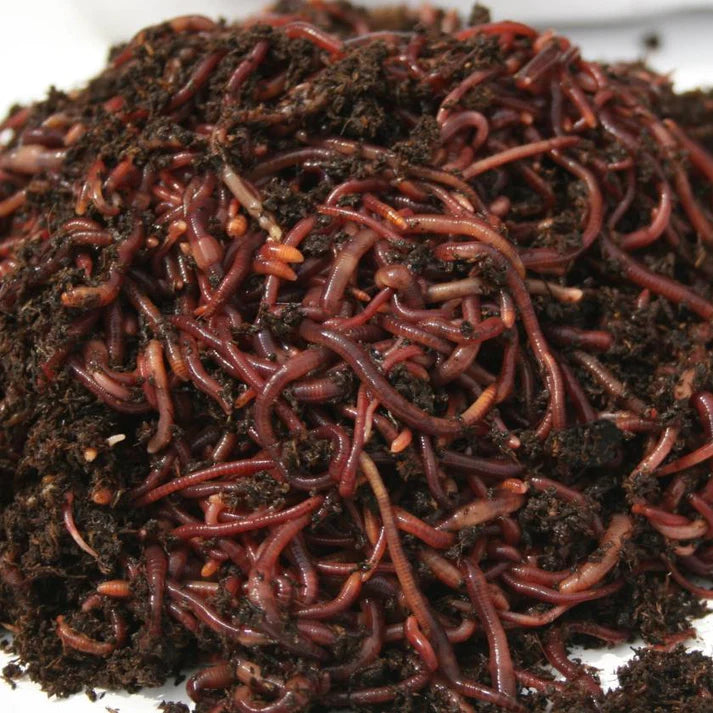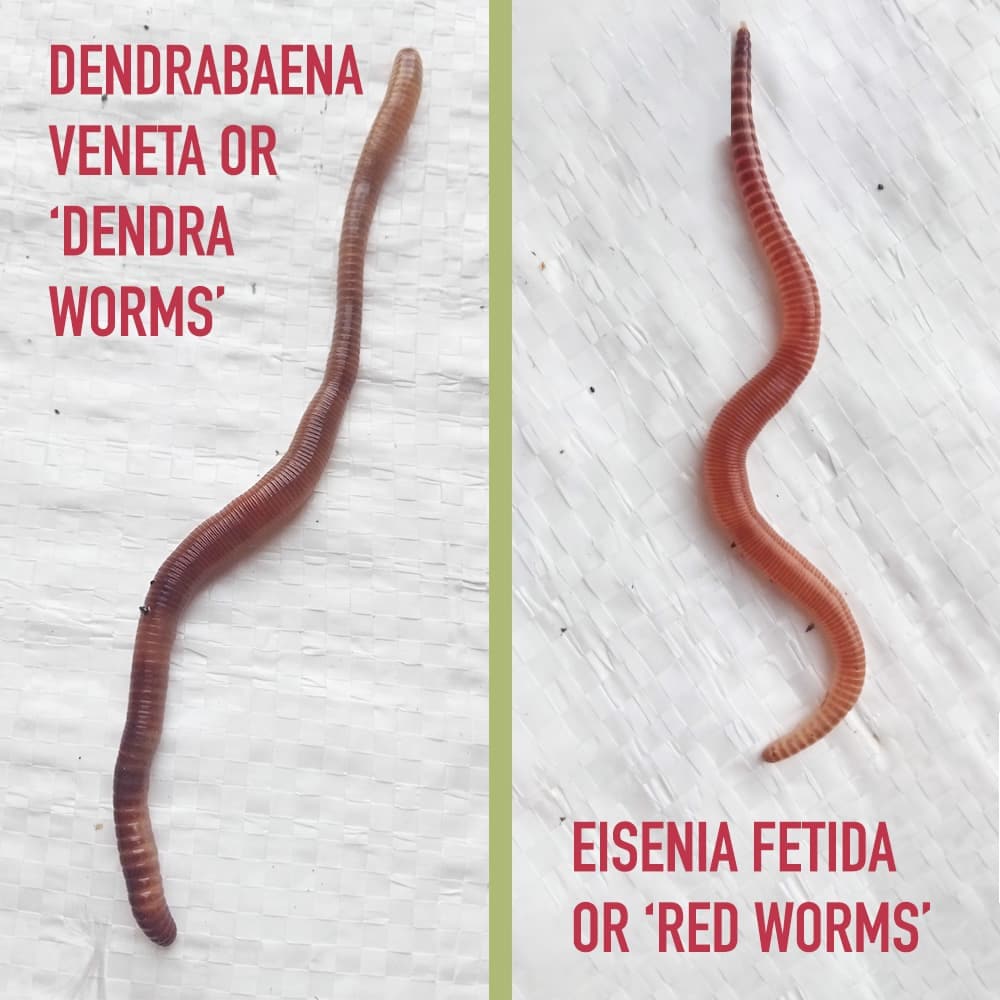The Facts About Red Wiggler Express Uncovered
The Facts About Red Wiggler Express Uncovered
Blog Article
The Facts About Red Wiggler Express Uncovered
Table of ContentsExamine This Report about Red Wiggler ExpressThe 25-Second Trick For Red Wiggler ExpressOur Red Wiggler Express IdeasRumored Buzz on Red Wiggler Express
With the worldwide press for sustainability and with environment-friendly techniques expanding in appeal, people are finally coming around and recognizing the ecological advantages of red wiggler worms and composting. In this short article, we'll discuss how vermicomposting supports lasting gardening and the environmental advantages of red wigglers and various other earthworms.
This is the except it. If you desire to check out thorough about red shakes, we have an entire post devoted to them below. Now, let's enter into the nuts and bolts of how these worms sustain sustainable gardening techniques and profit the atmosphere: Worm composting resembles a health facility day for your dirt.
When included right into your yard dirt, these spreadings boost its structure, oygenation, and water retention. This aids with plant growth and health and does not call for the use of any kind of chemicals. Did you recognize that natural waste makes up a considerable section of land fill material?
By diverting your cooking area scraps and backyard waste right into a worm composting container, you're efficiently minimizing the amount of natural waste that ends up in land fills. It's a great deal for your yard and the planet. Forget chemical fertilizers worm spreadings are the genuine bargain. They're chock-full of important nutrients like nitrogen, phosphorus, and potassium.
What Does Red Wiggler Express Do?

Maintain the container in a trendy, questionable spot to avoid getting too hot. Mix the nutrient-rich worm castings right into your garden dirt or use them as a top dressing for potted plants. You'll see healthier, better plants in a snap! It truly is as easy as that. In a world where sustainability is ending up being progressively crucial, red wigglers shine as unrecognized heroes of horticulture.
Composting might appear like old news, however doing it with a bin packed with worms possibly doesn't. Red wiggler worms use great benefits to the organic garden enthusiast, creating both a natural fertilizer and an effective pesticide. And they consume your kitchen area scraps. The worth of red wigglers, a.k (Red Wigglers For Sale).a. Eisenia fetida, exists in their excrement, referred to as worm castings.
Worm castings may be purchased at stores such as SBS in Vineyard Haven or Vineyard Gardens in West Tisbury, but to elevate the worms in a garden compost bed and harvest your own spreadings is a lot a lot more enjoyable. The job of these worms is an element of lasting living. Red wigglers are indigenous to steed manure, where they tunnel to lay eggs.
The Best Guide To Red Wiggler Express
(https://www.callupcontact.com/b/businessprofile/Red_Wiggler_Express/9417304)He covers the bin with straw, then a piece of old carpeting. Lynn discusses the manufacturing of spreadings and two usages: as a fertilizer and as a pesticide. It passes through them and adds calcium to make this rich earth," she says.
"I did it to see if it would certainly make a distinction on white flies and aphids. The red wiggler is a vast dog breeder, laying eggs as commonly as when a week - Red Wigglers For Bait.
It takes 3 to 5 months for a child worm to get to sexual maturation and the adult length of three inches. Their lifetime is four to five years unless of training course they are used for bait. As freshwater fish lure, wigglers squirm responsible and make it through undersea longer than standard earthworms.

As one of the Epigeic class of compost worms, the typically does not appear in dirts. The worm is red or reddish-brown in shade and has a smooth, cylindrical form.
A red wiggler worm can mature to four inches in size however is generally just about two and a half inches. The worm has a little mouth located at the front of its head. It also has tiny bristles, called setae, which aid the worm step and anchor itself to surface areas.

Report this page